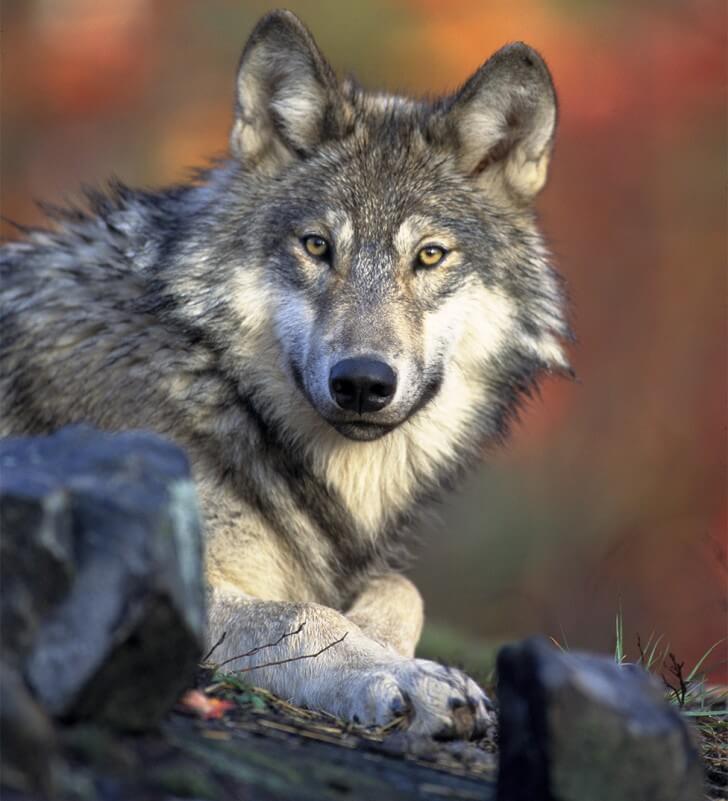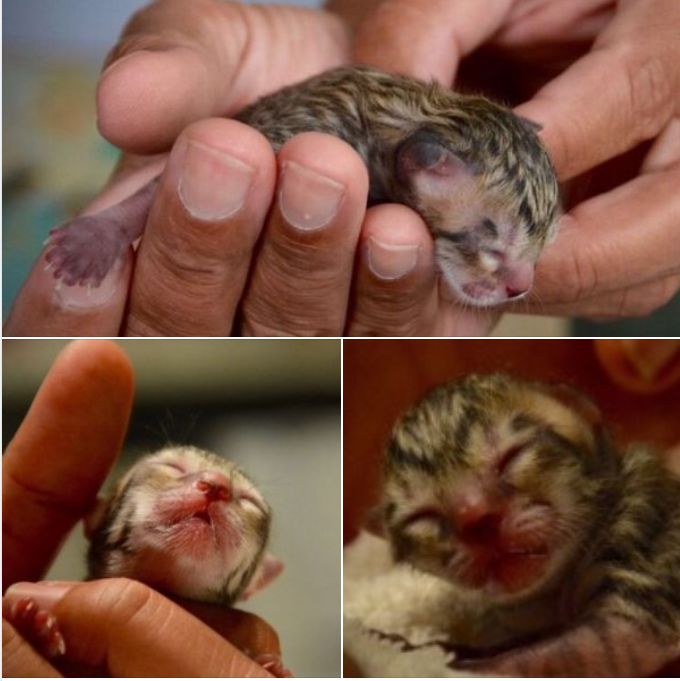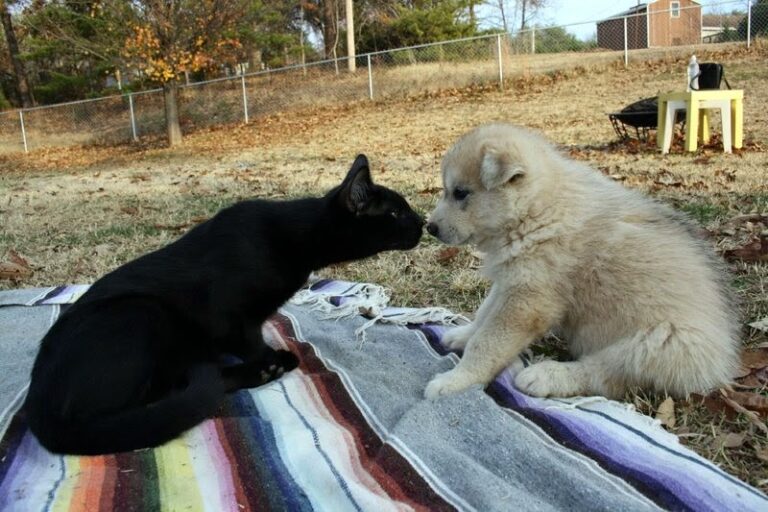The wolf: fiction’s villain, nature’s hero
What made the wolf stand out as the perfect bad guy?
Since the beginning of folklore, wolves have been cast as cruel and antagonistic villains. From ‘The Boy Who Cried Wolf’ to ‘Little Red Riding Hood’ and ‘The Three Little Pigs’, wolves have been demonised characters in our stories.
150 years ago, wolves were found in abundance across North America. When settlers came to America, they assumed that wolves were a threat to humans, livestock and wild resources that humans depended on, such as game and fish. An aggressive campaign was started against wolves, including the grey wolf, who settlers targeted during hunting sessions until the last grey wolf pack in Yellowstone National Park was killed in 1926.
This assumption about wolves couldn’t have been further from the truth. Wolves are rarely aggressive towards humans – there are no recorded cases in America of wolves killing a human. Biologists who study wolves have noted that when researching the animals in the wild, they have been able to access wolf dens – in response, the adult wolves will leave the area, only returning once the biologists have left.
Government statistics collected in the state of Montana for the period of 2009-2010 found that loss of livestock due to wolves and other wild carnivorous animals (including bears, coyotes and mountain lions) accounted for 0.23% (less than a quarter of one percent). In comparison, the top five killers of cattle were found to be:
• respiratory problems (over one million); • digestive problems (505,000); • complications while calving (494,000); • weather (489,000); • “unknown” non-predator causes (435,000).
The excessive hunting of wolves disrupted the natural ecosystem of the areas in which wolves used to thrive; creating damaging ramifications for other species. With wolf populations eradicated in some areas, the animals that would have been their prey, such as elk, grew rapidly. More and more food was required to sustain the increasing elk population, leading the elk to expand their palette and add the specific type of wood that beavers needed to build their dams to their diet. With no dam wood available, especially in the winter, the beaver population suffered.
48 years on from the last wolf pack in Yellowstone being hunted, and with the ecosystem struggling, the grey wolf was reintroduced. With the help of the U.S. Fish and Wildlife Service, the U.S. Park Service, environmental organisations, zoos, and private citizens, wolf populations across America are starting to return to their normal levels. This reintroduction process has been put into effect in a number of national parks across America, allowing the grey and red wolves to return to their natural habitats.

The reintroduction of wolves has already seen positive changes in the ecosystem; beaver dams have multiplied, vegetation is growing and the wolves leave leftovers from their meals that feed smaller animals in the park.
So next time you hear of a villainous wolf in a fictional story, maybe give the wolf some slack; they’ve been working hard to ensure the circle of life keeps spinning.






